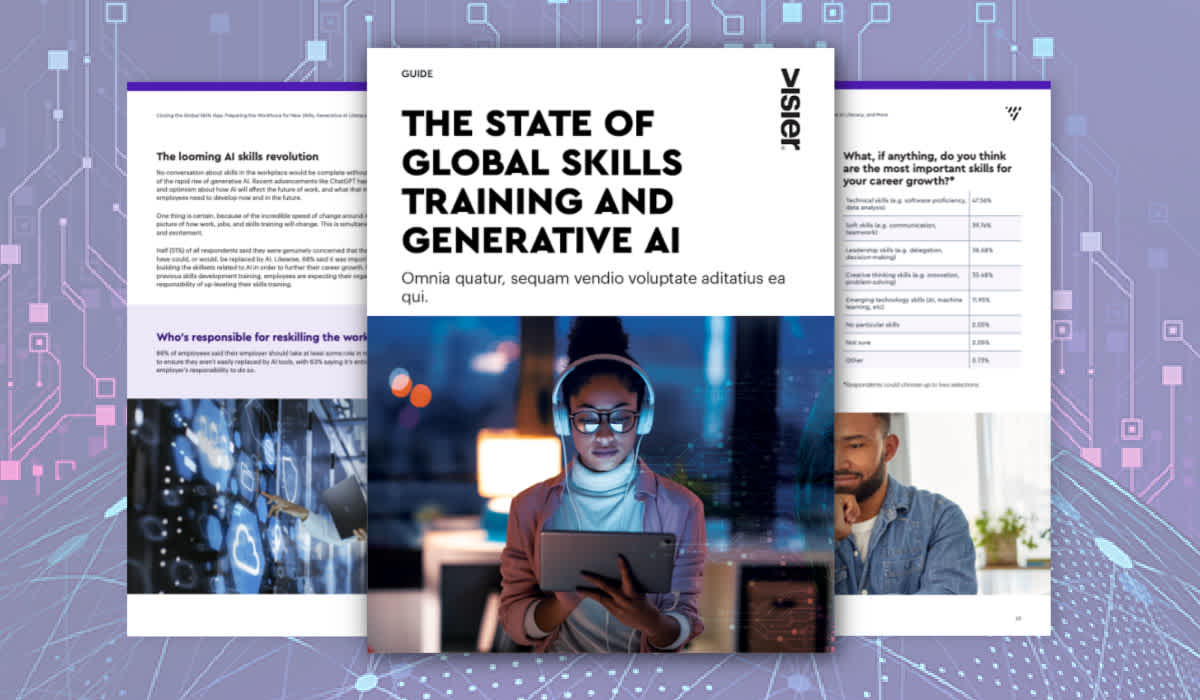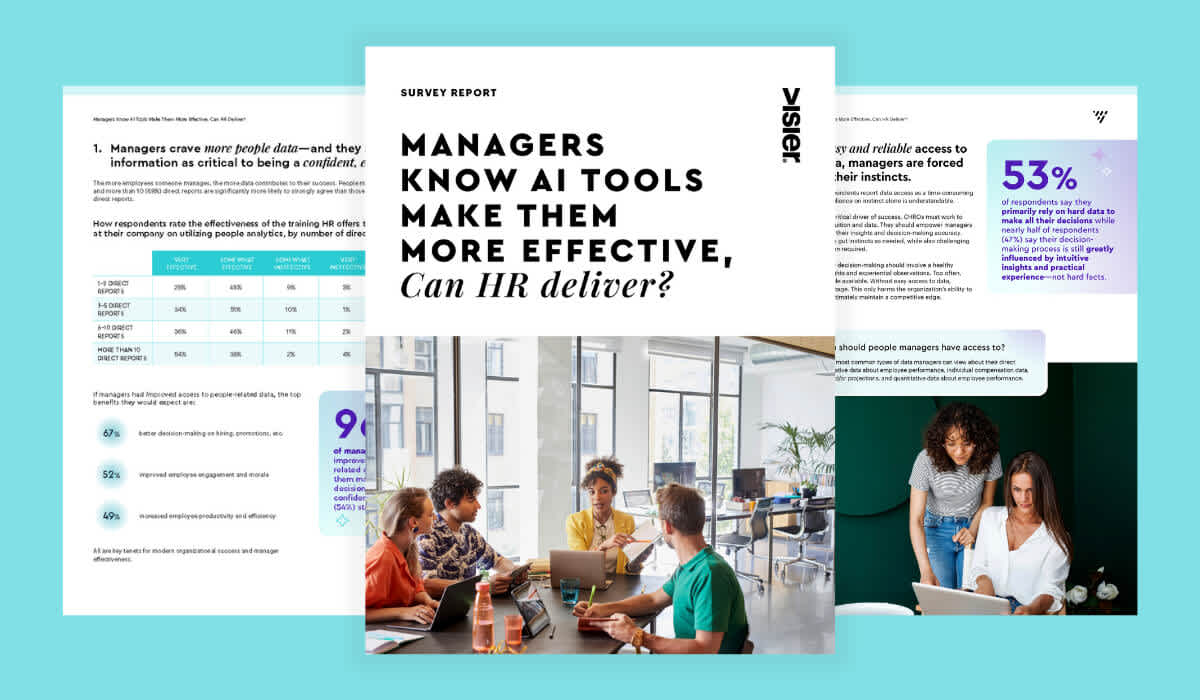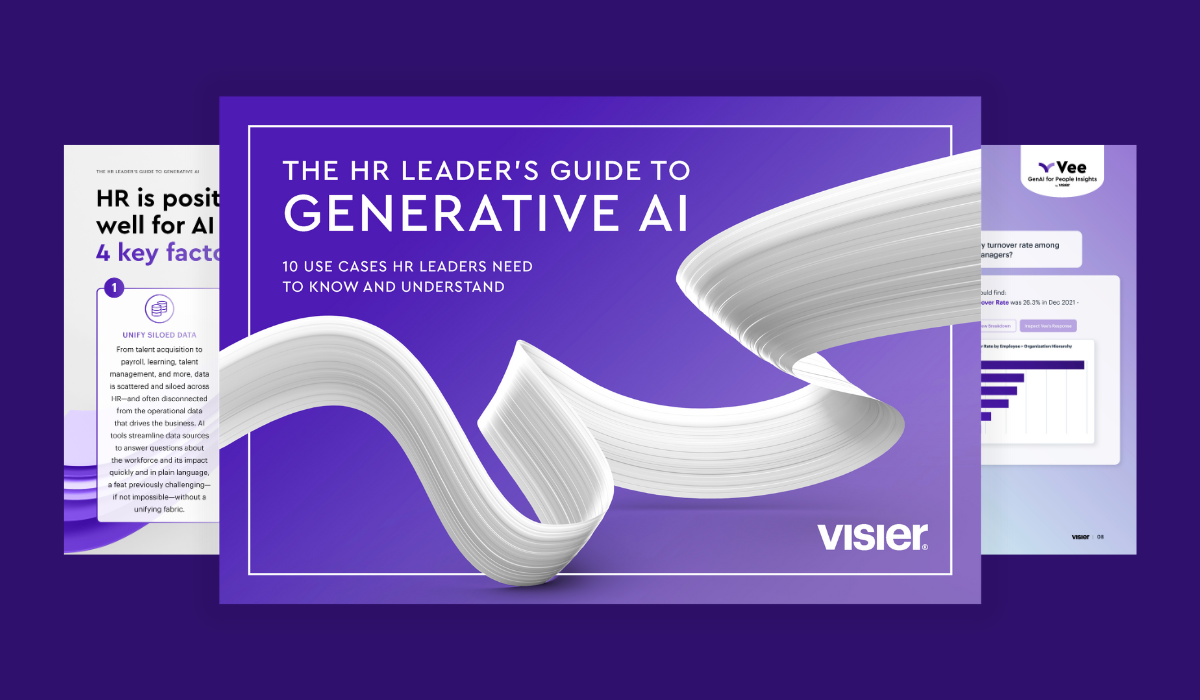The Skills Evolution: Adapting to an AI-Powered Workplace
In an AI-first workplace, technical skills, soft skills, and hard skills are changing. Read on to learn how types of skills are evolving and how to adapt.

As Marshall Goldsmith famously pointed out in 2007: “What got you here, won’t get you there.” Fast-forward 17 years, and those words are particularly well-suited to a workforce that has been massively impacted by the advent of artificial intelligence (AI) and, most recently, generative AI (GenAI).
The types of skills today’s employees need are different and continue to evolve as the impacts of technology are becoming increasingly apparent.
Both individuals and businesses need to adapt to these shifts in a landscape that is continually—and rapidly—changing. Organizations need to quantify and effectively respond to shifts in the types of skills required to drive business success.

What are the different types of skills?
There are three main types, or categories, of skills to consider: hard skills, soft skills, and technical skills. Here, we examine each, providing insights into how workforces and their employees are being impacted and how to respond effectively to these changes.
1. Hard skills
Hard skills are concrete, measurable competencies often learned through education or training. Examples include keyboarding, computer programming, project management, and the ability to speak multiple languages. While virtually all jobs require hard skills to some degree, certain industries rely on hard skills more than others—for example, technology, finance, and engineering.
Hard skills have long been and continue to be highly valued by organizations and their executive leaders. Some say they are too highly valued relative to soft skills. Soft skills, though, are becoming increasingly sought after these days.
2. Soft skills
Soft skills are the interpersonal and emotional skills that employees need in order to work effectively with others. These include communication, empathy, teamwork, problem-solving, and adaptability. Other soft skills that may come into play, particularly for managers and those at higher levels in an organization, including leadership and negotiation skills.
In an AI-dominated age, while it may seem that hard skills might have greater value than soft skills, the reverse is becoming increasingly clear. In a 2024 post for LinkedIn, Dan Brodnitz, head of global content for LinkedIn Learning offered a list of the 10 most in-demand skills for 2024. Of these, more than half represent soft skills.
Particularly, in the collaborative and remote-first world we’re now in soft skills are rising in priority as organizations seek talent to help them drive organizational strategies and objectives.
Developing soft skills can improve team collaboration and productivity, enhance manager effectiveness, improve employee engagement and retention, and reduce burnout risk.
In a Visier survey, 40% of respondents reported soft skills as the most important type of skills to develop for their career growth—second only to technical skills (48%).
3. Technical skills
Technical skills are a third type of skill necessary in today’s workforce. Technical skills represent specific abilities required to operate or work with technology and equipment. Examples include proficiency in using tools like spreadsheets, working knowledge of specific programming languages, proficiency in using specific customer relationship management (CRM) systems, and advanced data scientist competencies.
As technology rapidly evolves, so does the need to stay continually up-to-date on new tech innovations, especially for those working in digital or IT roles.

How AI is changing the landscape of skills
As AI has emerged and significantly impacted the workforce and how work is being done, it’s leading to the creation of new jobs and job categories that didn’t even exist before—machine learning engineers, robotics process automation (RPA) developers, AI product managers and trainers, and more.
These impacts are resulting in the automation of many hard skills, providing an opportunity for workers previously performing certain tasks to focus on more complex problem-solving or creative work. This has become a key driver in the realization of the importance of soft skills. As AI begins to handle more repetitive tasks, soft skills like critical thinking and leadership are becoming increasingly valuable—and valued.
Technical skills demands are also seeing an impact with a growing need for workers with advanced technical skills to work with AI tools and platforms.
Tips for navigating AI and the evolving skill landscape
In this rapidly changing and technologically enabled work environment, there is an increased need for workers to upskill and reskill to remain competitive. What got you here won’t get you there. That has become increasingly obvious as the types of skills valued by employers continue to shift.
Employees need to focus on developing the kind of technical fluency that will allow them to work with emerging AI and digital platforms and their employers need to support and invest in the development of those skills.
However, despite the recognition of a need for more specialized hard and technical skills, today’s leaders know that emotional intelligence and interpersonal skills—soft skills—hold arguably more value today than ever before.
By focusing on the confluence of hard, soft, and technical skills, employers can ensure that they’re continuing to develop and grow a workforce that is flexible and prepared to handle the shifting and evolving type of skills required to navigate an increasingly complex and technology-enabled world.
Need help identifying and cultivating the new types of skills required to compete successfully—and efficiently? Visier can be a key partner in workforce planning and skills management.

Read more about upskilling and reskilling
Employee upskilling is critical for workforce retention, growth, and strategic goal setting. Learn how to create an upskilling program.
Skills that were a must five years ago are evolving and, in some cases, being phased out. Reskilling is a simple yet effective way for employers and employees to keep up with all these changes. Read more here.
Skills gaps develop due to rapid technological advancements, changes to job requirements, evolving market demands, or inadequate training and education. Learn more about them here.


